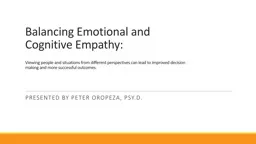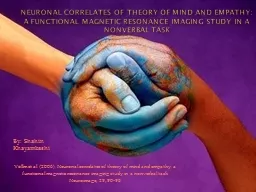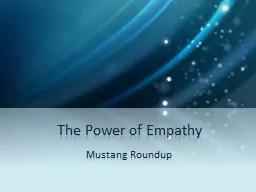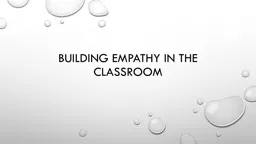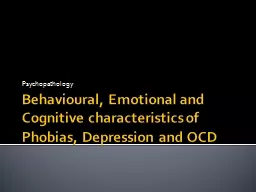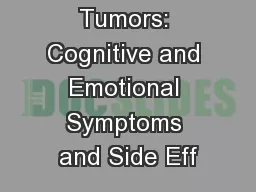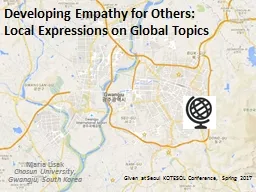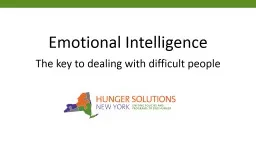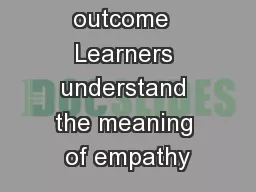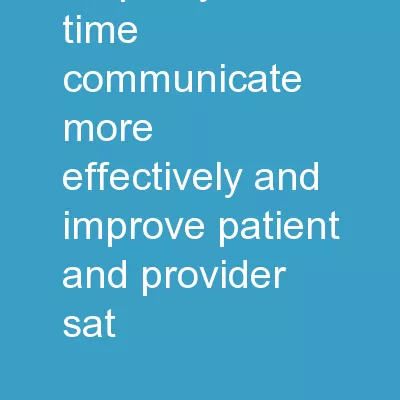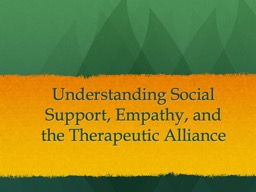PPT-Balancing Emotional and Cognitive Empathy:
Author : lois-ondreau | Published Date : 2018-10-24
Viewing people and situations from different perspectives can lead to improved decision making and more successful outcomes Presented by Peter Oropeza psyD Learning
Presentation Embed Code
Download Presentation
Download Presentation The PPT/PDF document "Balancing Emotional and Cognitive Empath..." is the property of its rightful owner. Permission is granted to download and print the materials on this website for personal, non-commercial use only, and to display it on your personal computer provided you do not modify the materials and that you retain all copyright notices contained in the materials. By downloading content from our website, you accept the terms of this agreement.
Balancing Emotional and Cognitive Empathy:: Transcript
Download Rules Of Document
"Balancing Emotional and Cognitive Empathy:"The content belongs to its owner. You may download and print it for personal use, without modification, and keep all copyright notices. By downloading, you agree to these terms.
Related Documents

